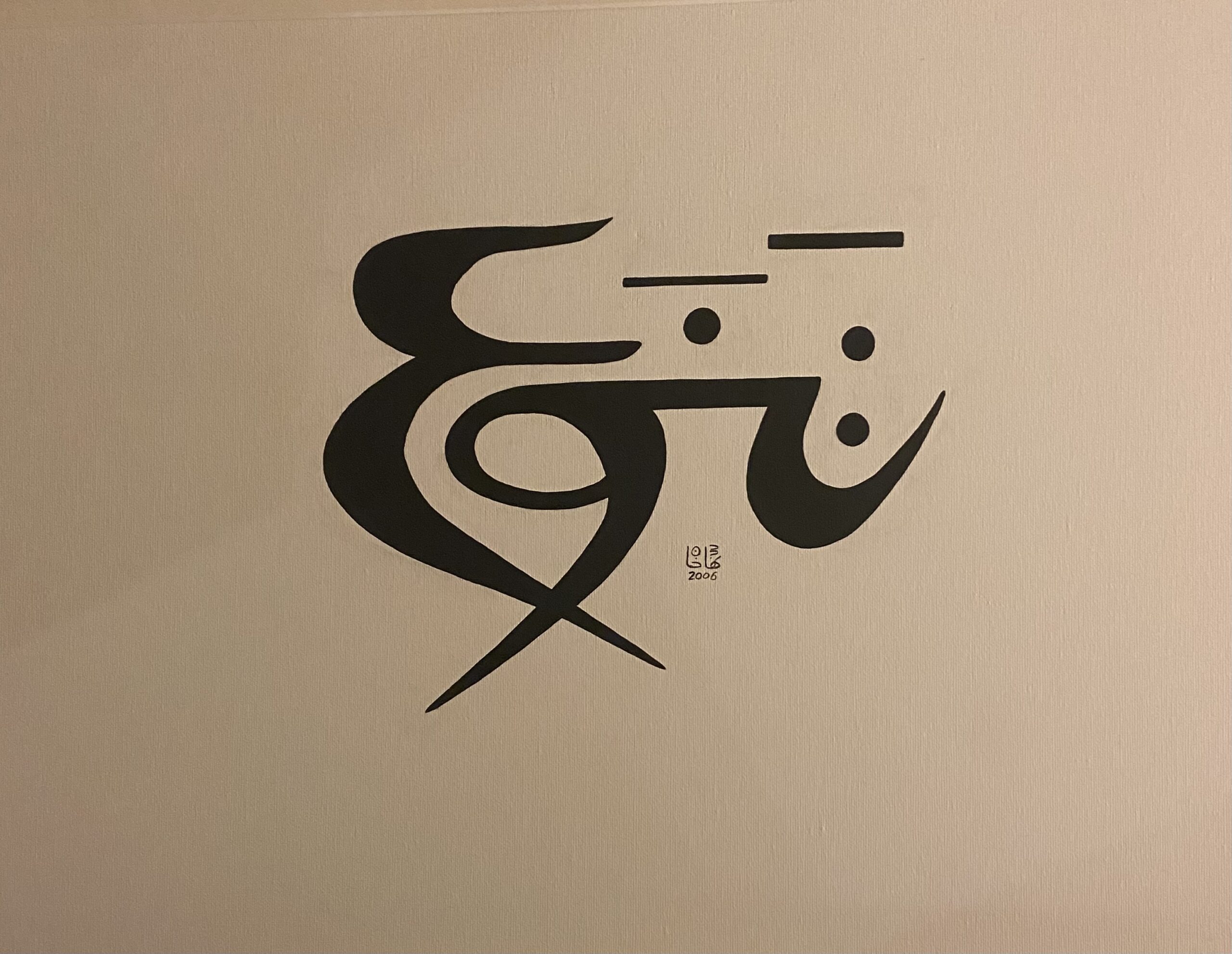
2025/09/05
Islamic Calligraphy: A Timeless Art of Spiritual Expression
Islamic calligraphy is more than just an art form—it is a sacred expression of faith, beauty, and cultural heritage. For centuries, this elegant style of writing has transcended boundaries, inspiring admiration for its harmonious blend of spirituality and artistry. As an intricate craft rooted in the Arabic script, Islamic calligraphy has become one of the most revered artistic traditions in the Islamic world.
At Nihad Dukhan, we honor this ancient art form with a modern perspective, preserving its authenticity while sharing its beauty with today’s audience. Our work highlights the deep connection between script and spirit, ensuring that the art of calligraphy remains relevant and inspirational in contemporary times. Learn more at Nihad Dukhan.
The Origins of Islamic Calligraphy
The origins of Islamic calligraphy are closely tied to the Qur’an, Islam’s holy book. Early Muslim scholars and artists dedicated themselves to creating beautiful, precise script that would properly convey the sacred words of the Qur’an. Over time, this devotion gave birth to various styles, such as Kufic, Naskh, Thuluth, and Diwani—each with its own unique characteristics and significance. Calligraphy became more than just a method of writing; it evolved into a form of spiritual meditation. The rhythmic strokes, balance, and symmetry embodied the harmony of the divine. By practicing and perfecting calligraphy, artists expressed not only their technical skill but also their devotion to God.The Spiritual Dimension of Calligraphy
Unlike other art forms that often focus on figurative imagery, Islamic art places emphasis on geometric patterns, arabesque designs, and calligraphy. As a result, words became central to Islamic visual culture. Islamic calligraphy embodies the unity of faith and beauty. Each curve, line, and dot is executed with intention, reflecting the inner peace and discipline of the calligrapher. For many, practicing calligraphy is a spiritual act—a way to connect with the divine and manifest beauty inspired by sacred texts.Styles of Islamic Calligraphy
Through centuries, Islamic calligraphy has developed into a variety of styles. Each one carries unique characteristics and cultural significance.- Kufic: One of the oldest scripts, known for its bold, angular shapes. Kufic is often used in architectural inscriptions and Qur’anic manuscripts.
- Naskh: A highly legible script, widely used in books and Qur’anic copies due to its clarity.
- Thuluth: Distinguished by its curved letters and elongated verticals, Thuluth is often seen in mosque decorations and artistic compositions.
- Diwani: Originating during the Ottoman Empire, this style is ornate, decorative, and often used in royal decrees.